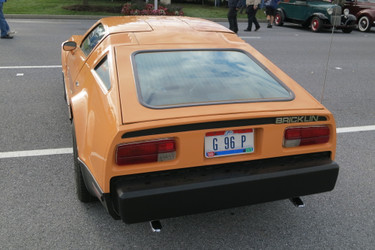Classic Car History: Bricklin
Posted by Jil McIntosh on Oct 1st 2020
Most vehicles sold in the United States are also available in Canada. A notable exception was the Bricklin sports car, offered only in the U.S. – and that’s especially odd because it was only built in Canada, by Canadians.
Expectations were high but it ultimately failed and end up costing the New Brunswick government a boatload of cash.
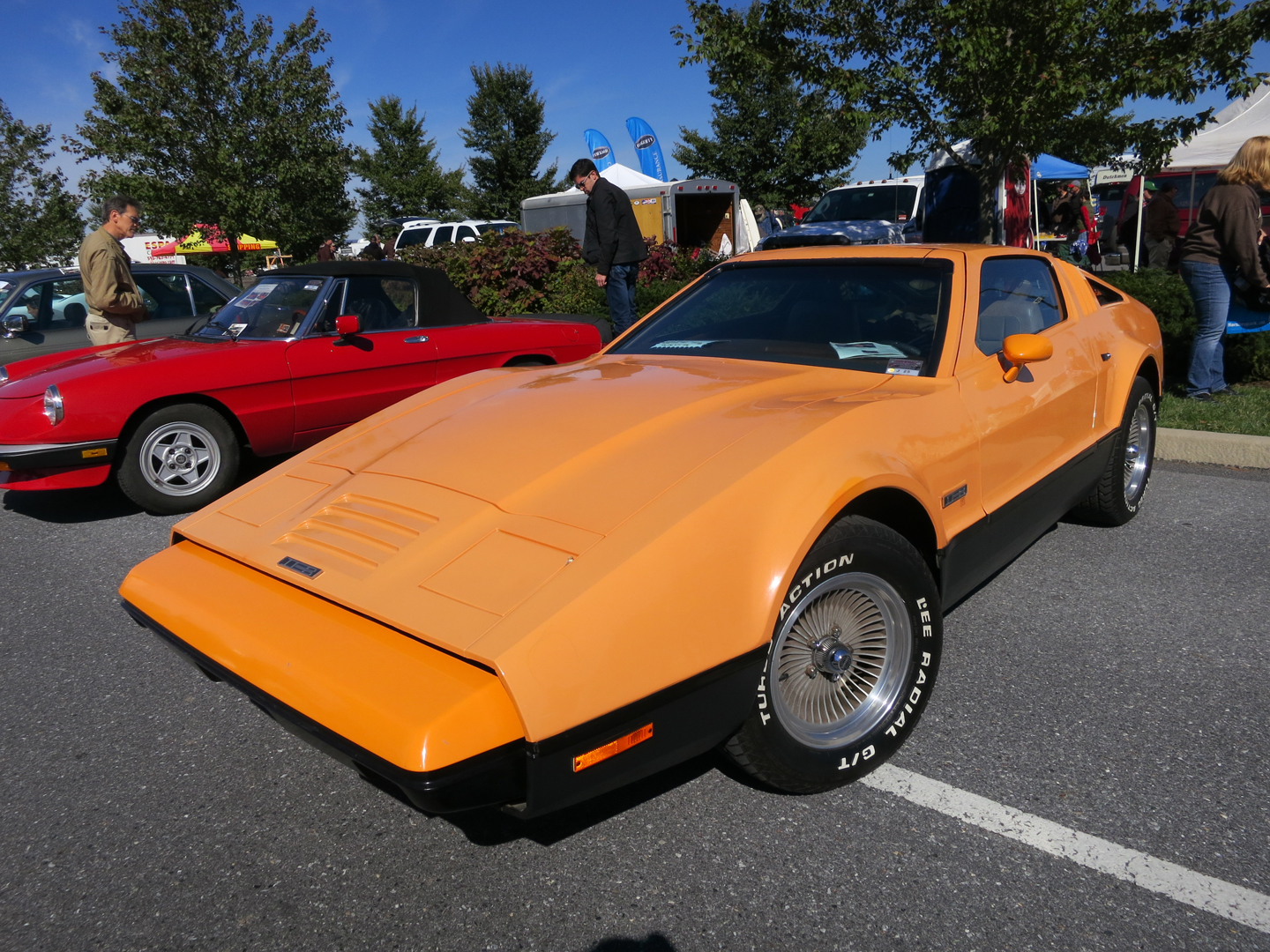
It was the brainchild of American entrepreneur Malcolm Bricklin. After building a chain of hardware stores, he imported motor scooters. One was the Rabbit, built by Subaru’s parent company.
Subaru sold a tiny car in Japan called the 360, which Bricklin wanted to import as well. The automaker turned him down. It would cost Subaru too much to redesign it for American crash standards, so Bricklin found a loophole. The U.S. defined a car as weighing more than 1,000 lbs. The 360 weighed less – and because it technically wasn’t a car, the standards didn’t apply. Bricklin sold about 5,500 of them until Consumer Reports branded them as unsafe and sales tanked. Still, the Subaru of America company he set up for the venture, and later sold, is the same one marketing Subaru in the U.S. today.
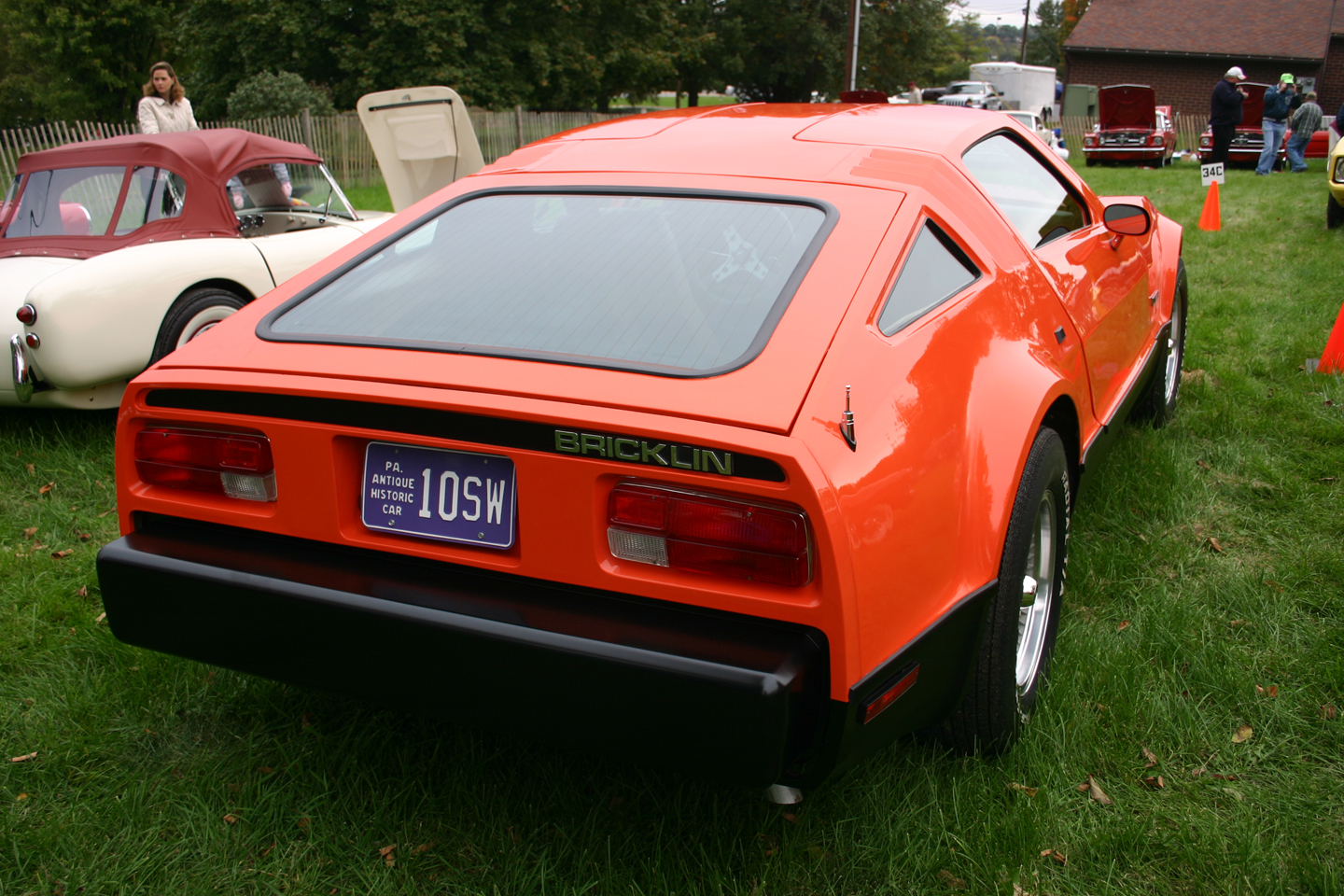
He always dreamed of his car, and that became the Bricklin SV-1, for “safety vehicle.” It had an integrated steel cage, large energy-absorbing bumpers, gullwing doors, and color-impregnated acrylic body panels. He had a prototype built and raised almost a million dollars from investors to get started.
An auto factory was closing in Quebec, and Bricklin promised to keep it open for his car if the province invested $7 million in it. Quebec said no, but in adjacent New Brunswick, Premier Richard Hatfield agreed to invest $9 million of the province’s cash to get the jobs and the prestige of a sports car built there. The money gave the province 51% of Bricklin’s Canadian operations, and until he built 12,000 vehicles annually, he couldn’t make them anywhere else.
There wasn’t a single factory large enough, and Bricklin got two that were 80 miles apart. One made the body panels and then shipped them to the other for assembly.
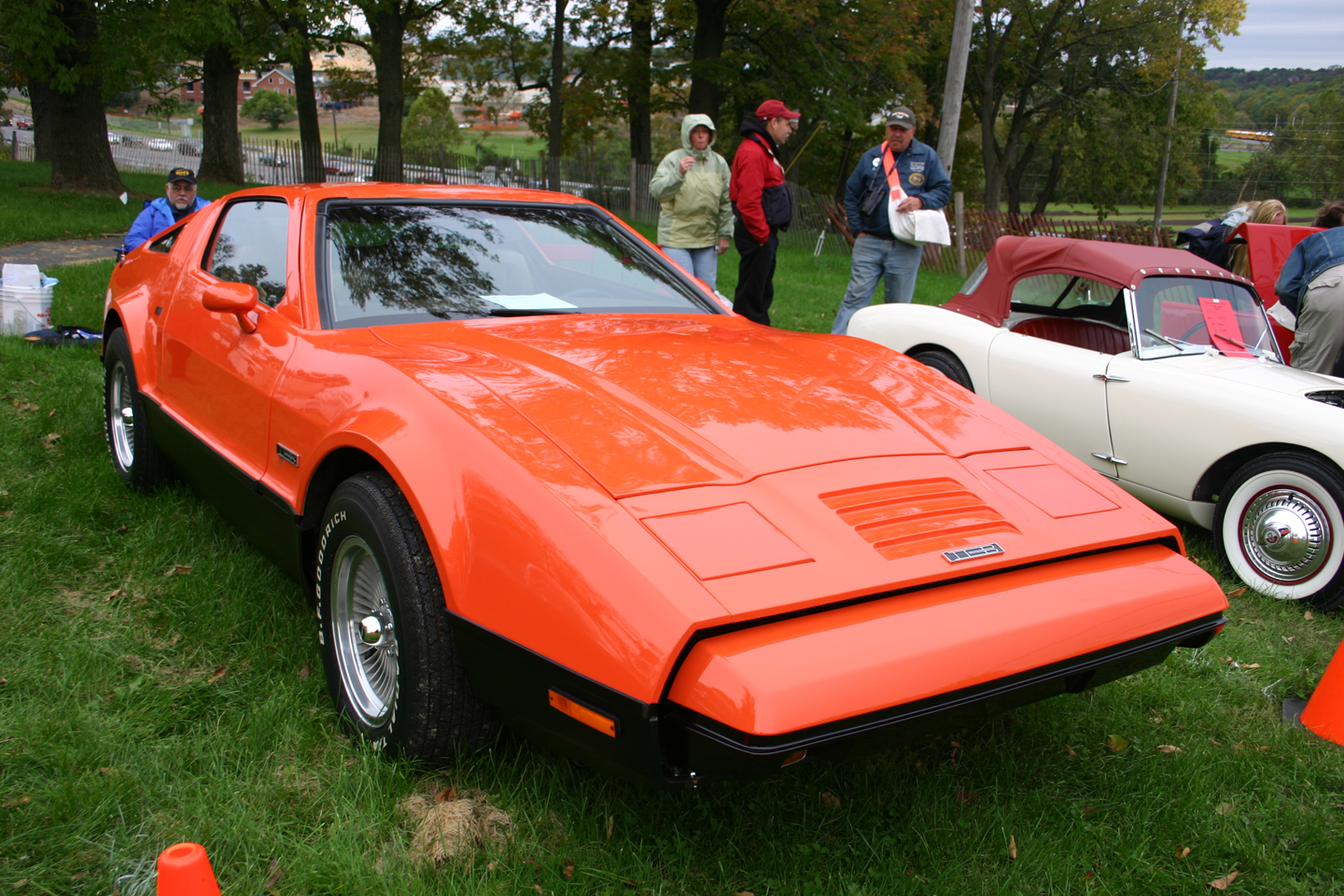
Production began in 1974, but nothing went smoothly. The acrylic panels didn’t always bond properly and more than half were thrown away, and there were problems with the gullwing doors.
Bricklin originally wanted an Opel four-cylinder engine, and then a Chrysler V-6, but both deals fell through. The early cars got an American Motors V-8 and four-speed manual, but AMC stopped supplying them. Bricklin then went to a Ford 351-cubic-inch V-8, but to meet smog regulations, only with an automatic transmission. The switch cost millions in engineering, retooling, and lost time, and the car was ultimately far less sporty than its design promised. Costs rose, and each time, Bricklin went to Hatfield, who threw in more cash.
Bricklin’s dealer network was entirely in the U.S., as was the distribution company he set up. It bought cars from the Canadian operation for $5,400 each and sold them to the American dealers. They retailed for $7,490 the first year, but each hand-built car cost an estimated $16,000 to build. New Brunswick, not Bricklin, paid the difference.
Costs, and problems, continued to rise. There were parts shortages, and dealers complained about build quality, and how long it took to get reimbursed for warranty repairs.
The provincial money kept flowing, until the government finally got the accounting books, and didn’t like what it saw. That original $9 million investment had ballooned to $23 million – more than $103 million in today’s cash.
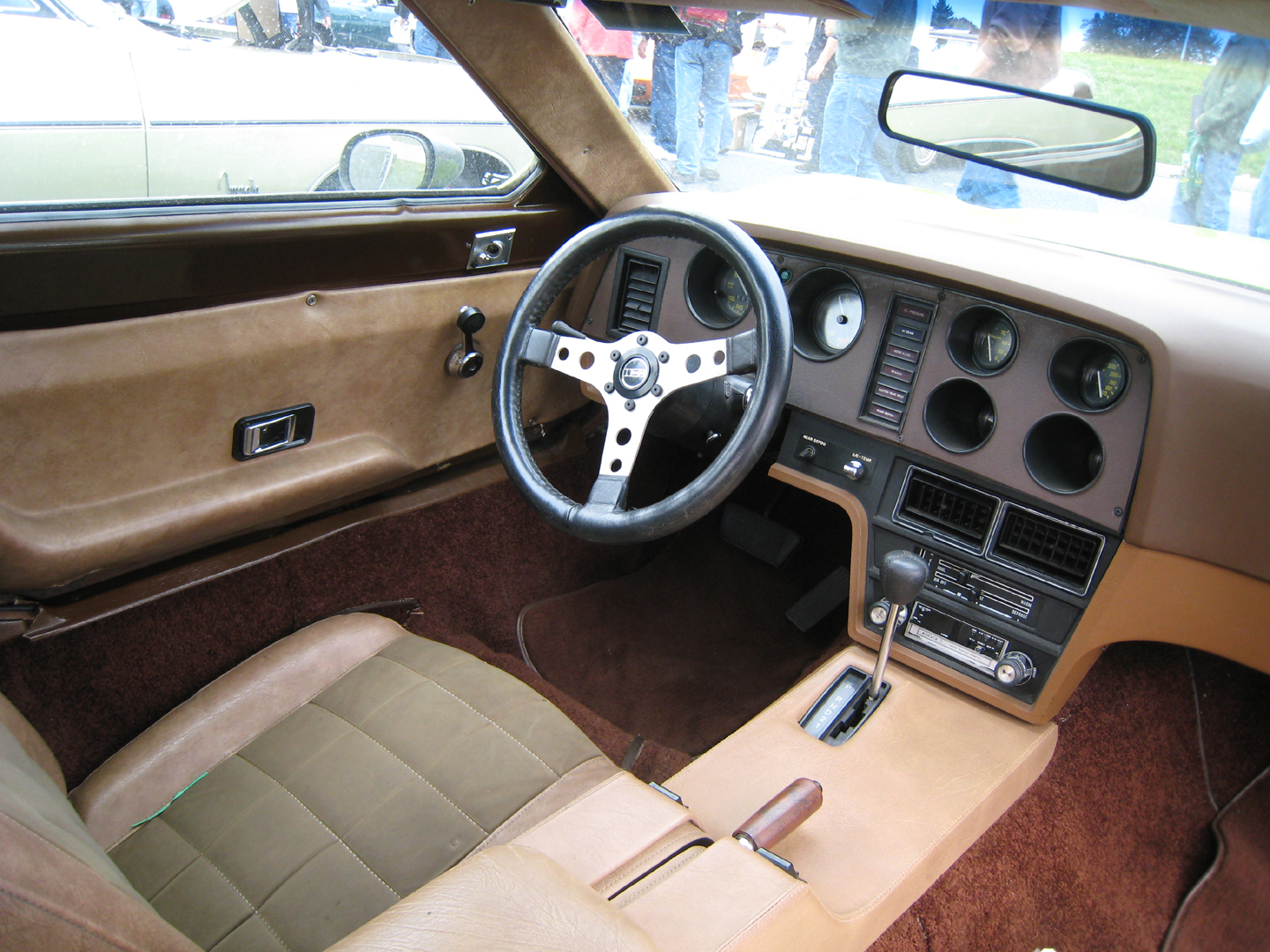
New Brunswick turned off the taps. On September 25, 1975, Bricklin Canada declared bankruptcy and locked the doors on the two plants. Malcolm Bricklin filed for personal bankruptcy through his American office two months later.
Cars built but not yet shipped out were included in the bankruptcy sale. Most of the parts and 17 unfinished cars were purchased by Ohio-based Consolidated Motors, which was allowed to build and sell them as 1976 models. Overall, around 2,900 Bricklins were produced. They were a failure, but what a glorious failure they were.
Here are some other interesting tidbits about the Bricklin …
- Many people mistake Bricklins for DeLoreans (and usually think someone painted one of those stainless-steel models). DeLorean started production six years after Bricklin closed. The cars may look similar, but they’re unrelated.
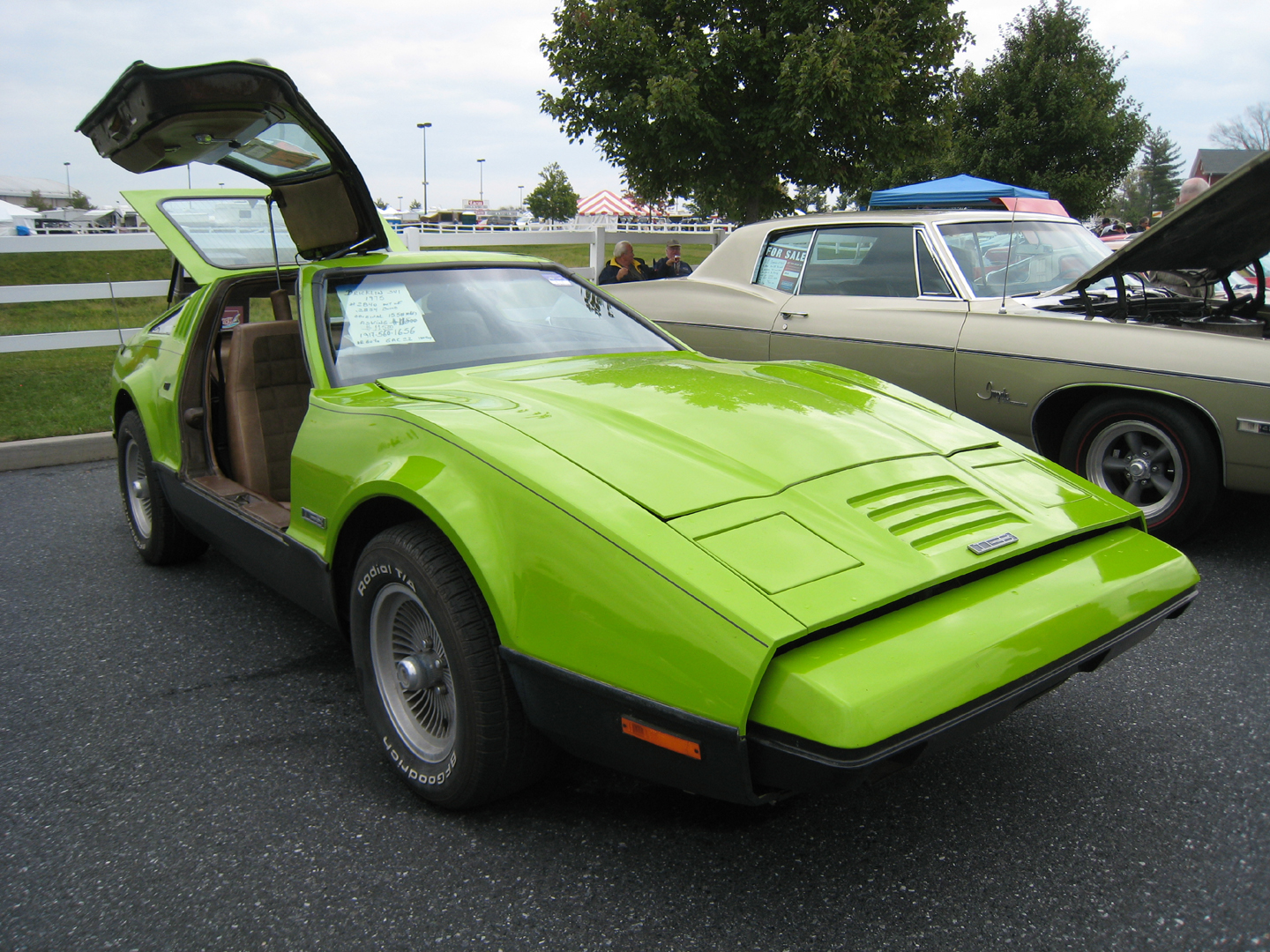
- Malcolm Bricklin didn’t stop with the Bricklin’s failure. From 1985 to 1988, he imported the Yugo into the U.S. Among his many other business ventures, he attempted a rotary engine, a gullwing car he’d produce in Asia, and importing Chinese-built Chery automobiles into the U.S. None were successful.
- The Bricklin’s price rose to $9,775 in 1975. That year, a Corvette coupe was $7,117.
- Bricklin publicly introduced his car in February 1974 at the Riviera Hotel in Las Vegas, in conjunction with an auto dealers’ convention. It was an invitation-only event, and no cameras were allowed. Actor and auto enthusiast Paul Newman was among those who attended.
If you can find a Bricklin, its ease of restoration will depend on what’s needed, but it’s worth the work, and you’ll be the center of attraction at any show.
At Collectors Auto Supply, we understand how hard it can be to find the perfect vintage car parts to finish your project car. We have one of the largest inventory of classic car auto parts online. Shop now or contact us today for classic car parts to complete your restoration project.


